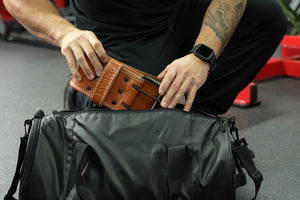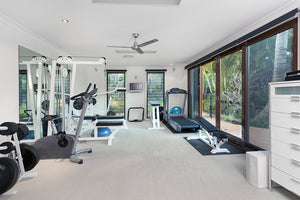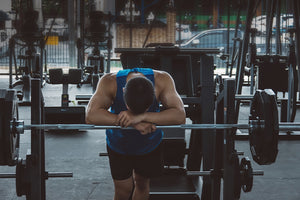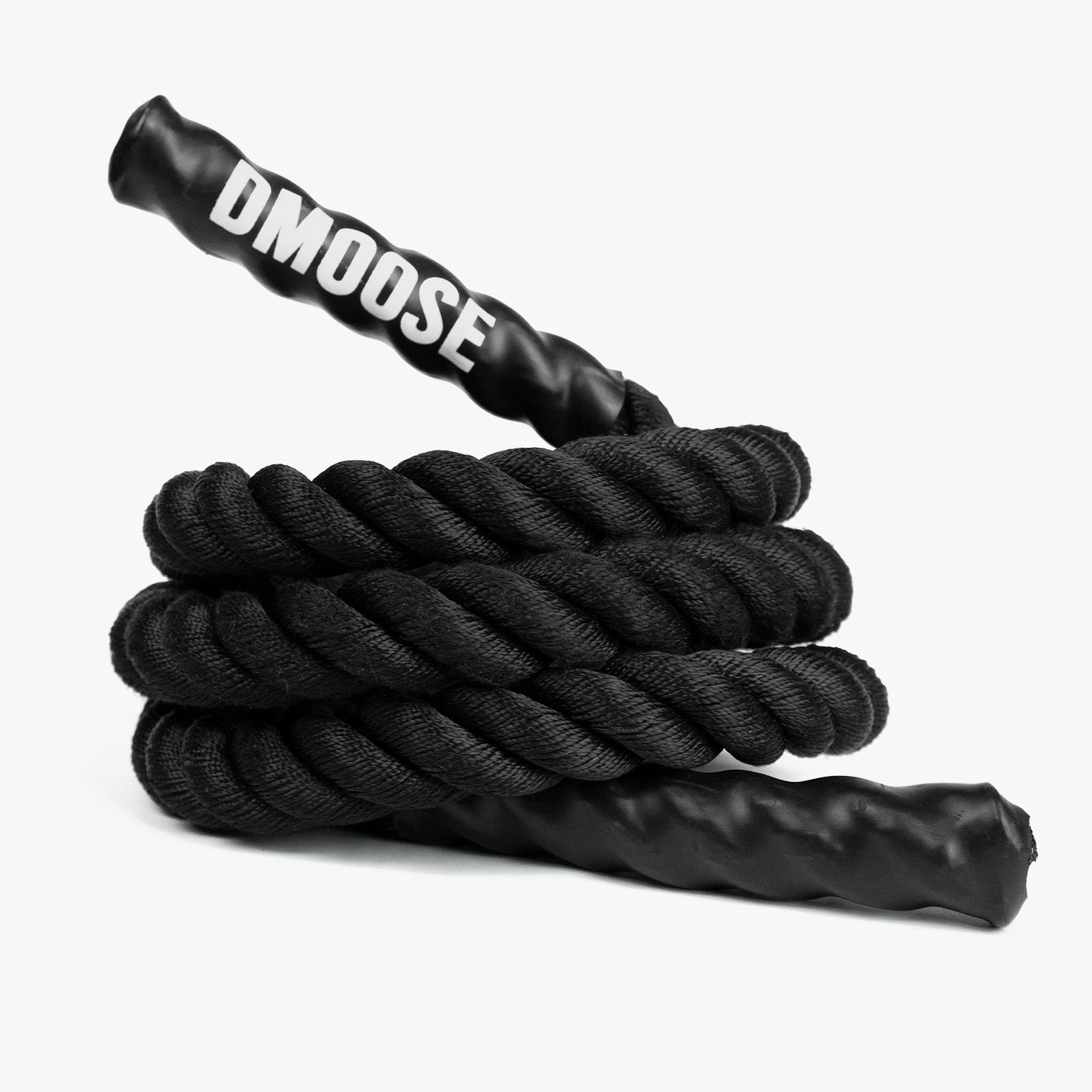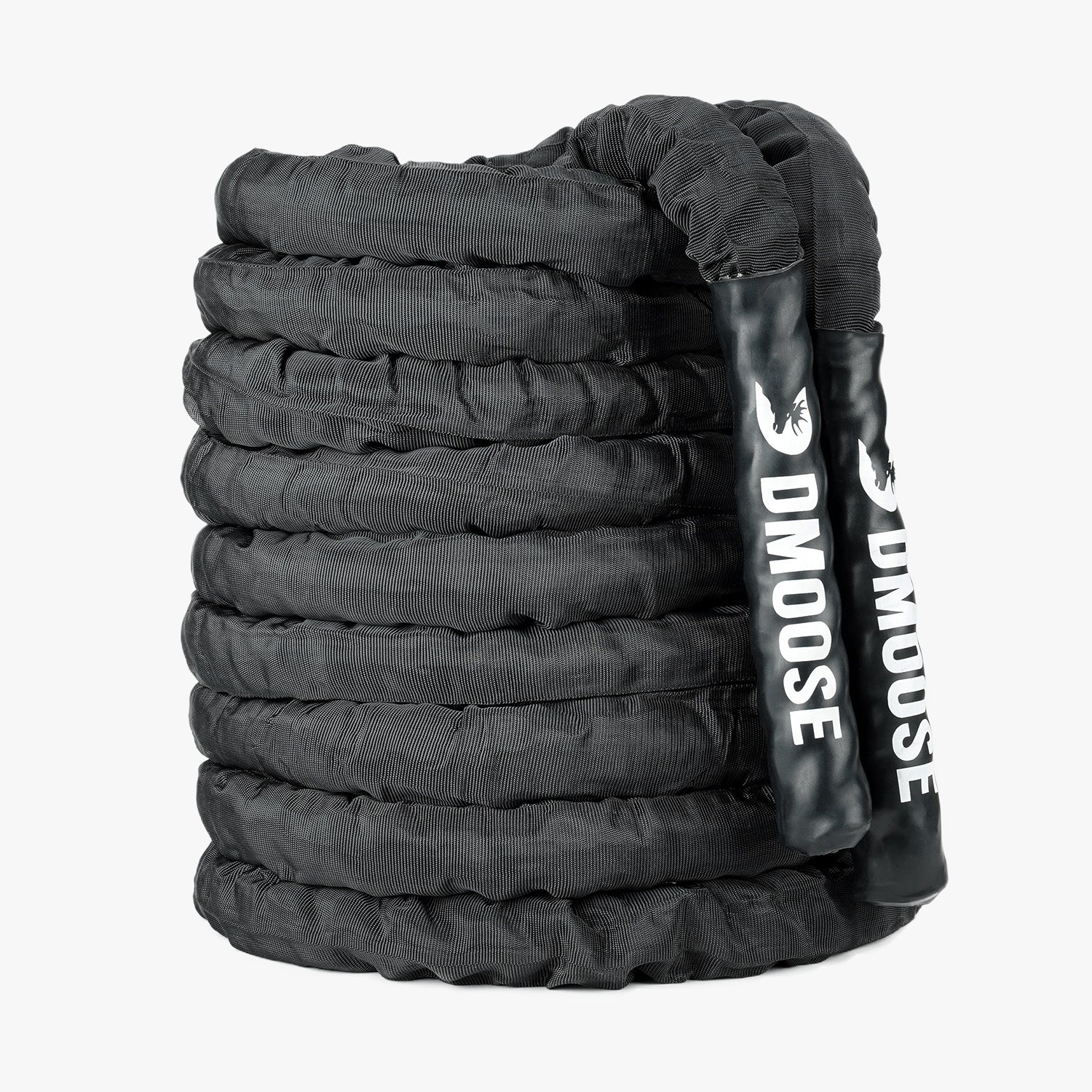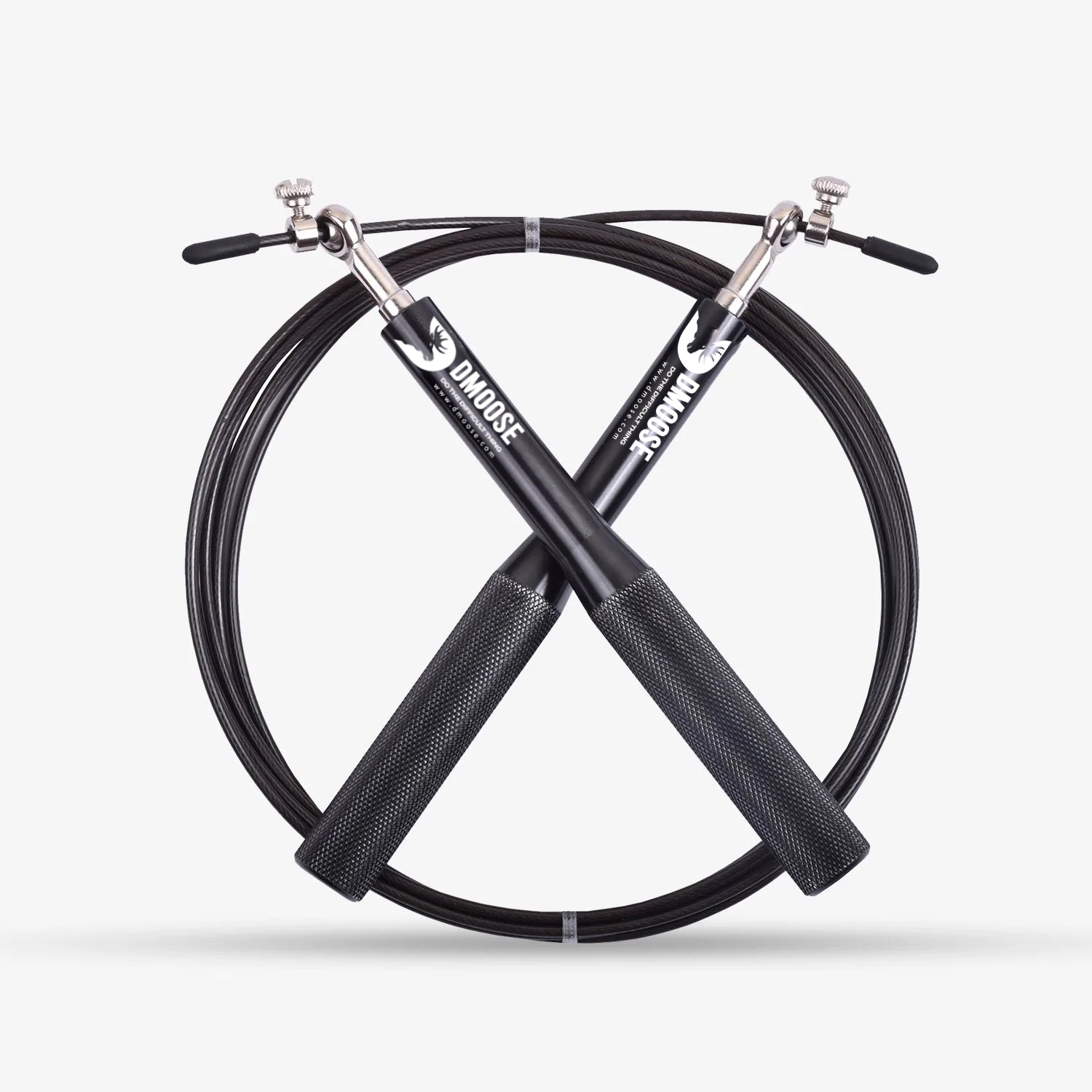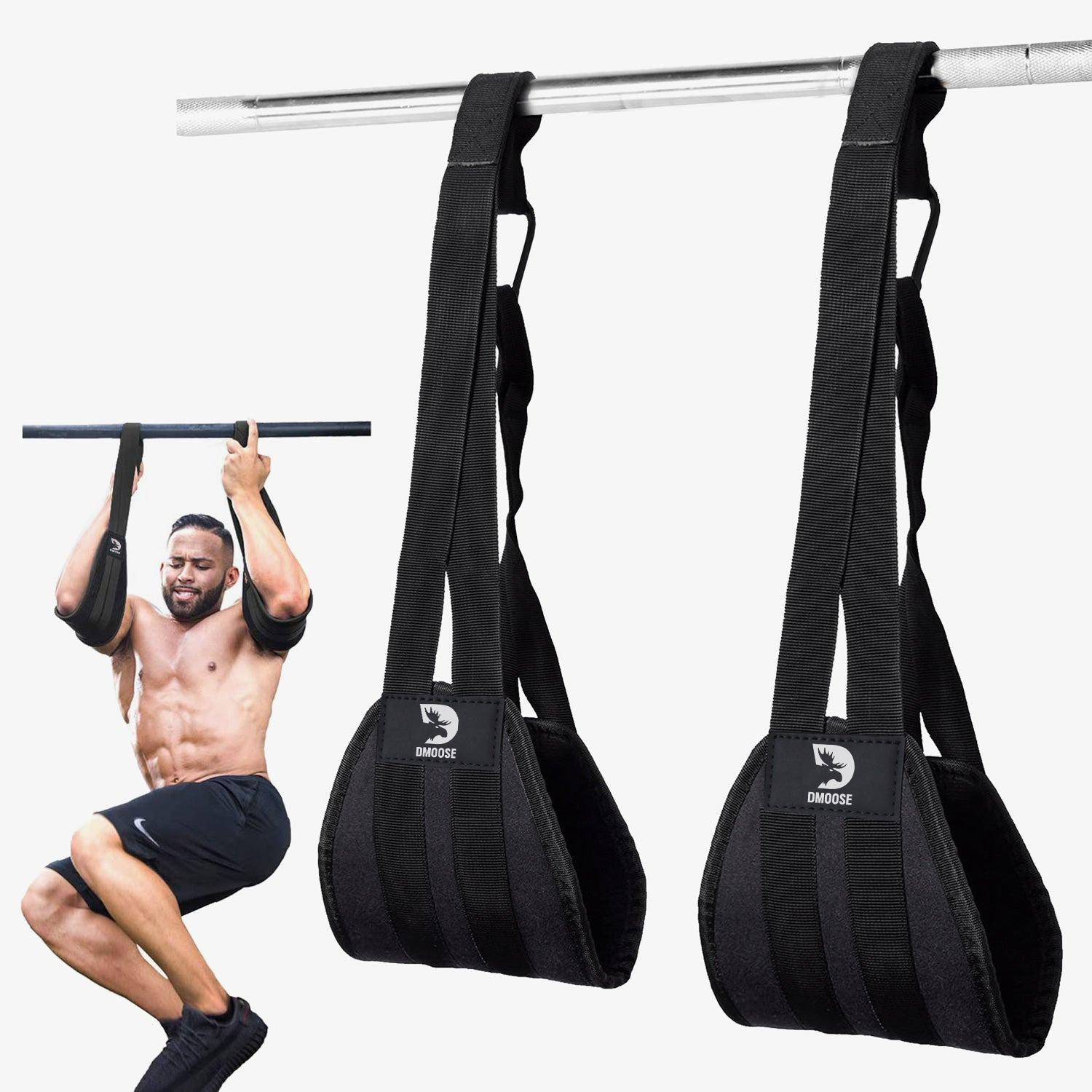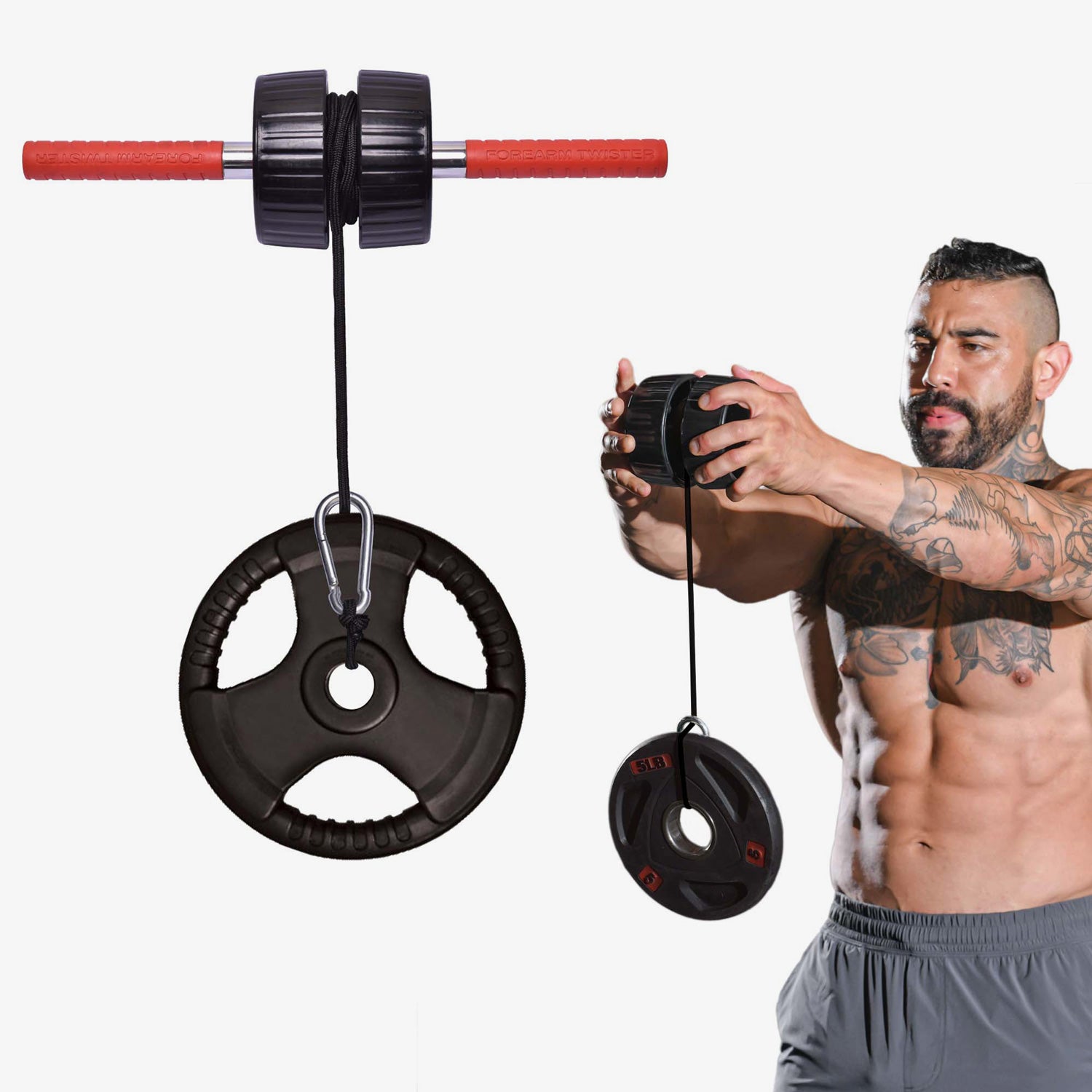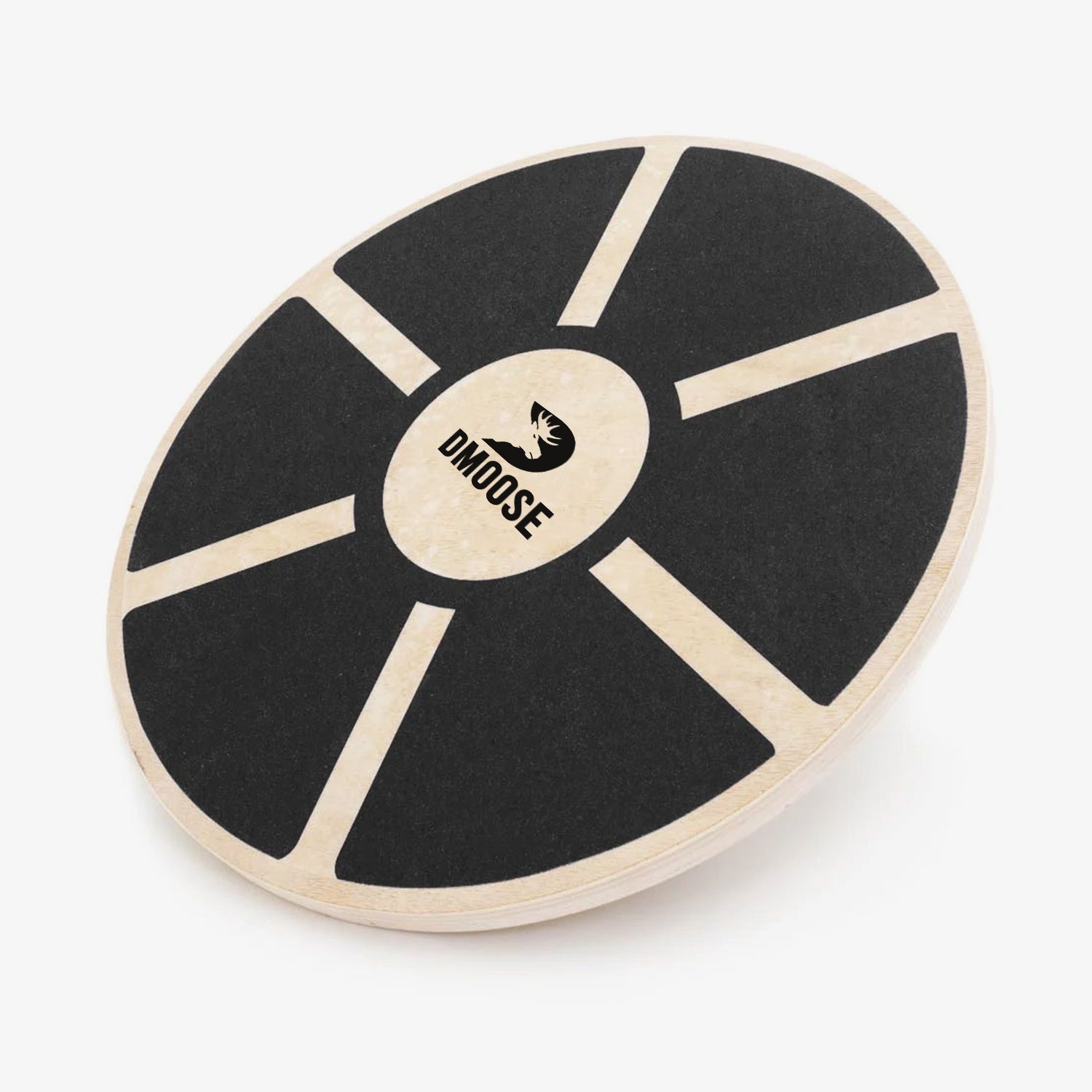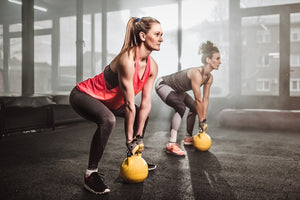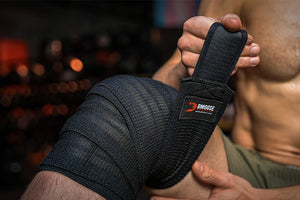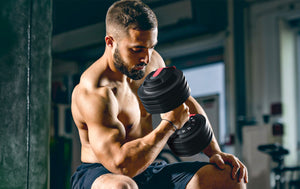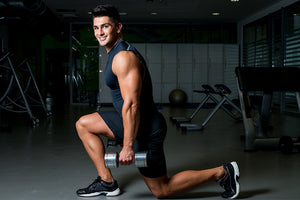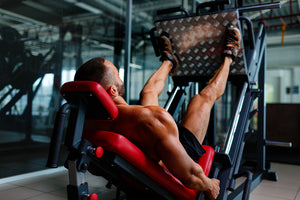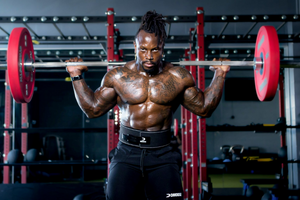If you are looking for a full-body workout that is both challenging and fun, you may have heard about battle ropes.
Battle ropes are thick, heavy ropes used for various exercises that can help you build strength, endurance, and power. One common question among those new to this exercise is, "what muscles do battle ropes work?"
This article will explore the answer to this question in detail and will help you clearly understand the muscle groups targeted by battle rope exercises and how you can use these exercises to enhance your fitness routine. So, if you are curious about the benefits of battle rope workouts, keep reading to find out more.
Rope Exercises

Battle Rope exercises are a great way to improve overall fitness and build strength. To perform battle rope exercises, you will need a battle rope, which is a long, heavy rope that is anchored at one end. To start, grip the rope with both hands and stand with your feet shoulder-width apart.
Begin the exercise by creating movement in the rope through various motions, such as waves, slams, or circles. As you perform the exercises, engage your core muscles to maintain stability and prevent injury. It's essential to start with a lighter rope and gradually increase as you build strength and endurance. To get the most out of rope exercises, it's recommended to include them in a regular workout routine and to vary the exercises to target different muscle groups
With dedication and consistency, battle rope exercises can help you build the solid and toned physique you desire.
What Muscles Do Battle Ropes Work?
Battle Ropes for Muscle Training are becoming increasingly popular in fitness circles, especially Crossfit and functional fitness gyms. The thick, heavy ropes create a unique challenge that engages multiple muscle groups simultaneously. In this section, we will explore the specific muscle groups targeted by different battle rope exercises.
Biceps
The biceps muscle is a two-headed muscle located in the front of the upper arm. It is responsible for flexing the elbow joint and supinating the forearm, which means rotating the palm up. You can use a Forearm Strengthener and Wrist Exerciser to exercise your wrists and hands.
The biceps muscle is also involved in pulling movements, such as chin-ups and rows.
Rope exercises, such as battle rope waves, work the biceps muscle by requiring the arms to lift and lower the ropes up and down. This motion mimics the action of flexing the elbow joint and contracting the biceps muscle.
As you lift the ropes, the biceps muscle contracts to pull the weight of the ropes up toward the shoulders. As you lower the ropes, the biceps muscle lengthens to control the weight of the ropes.
Triceps
The triceps is a three-headed muscle located in the back of the upper arm. It is responsible for extending the elbow joint and straightening the arm. The triceps muscle also involves pushing movements, such as push-ups and bench presses.
Exercises, such as triceps extensions, work the triceps muscle by requiring the arms to extend backward while holding onto the rope. This motion mimics the action of extending the elbow joint and contracting the triceps muscle. As you extend your arms backward, the triceps muscle contracts to push the weight of the ropes away from your body. As you release the tension in the ropes, the triceps muscle lengthens to control the weight.
Shoulders
The shoulder muscles are a group of muscles located in the upper back and shoulder area. They include the deltoid muscle, which is responsible for lifting the arm overhead and rotating the shoulder joint, and the rotator cuff muscles, which help stabilize the shoulder joint.
Rope exercises, such as shoulder circles, work the shoulder muscles by requiring the arms to move in circular motions while holding onto the rope. This motion targets the deltoid muscles and helps to strengthen and stabilize the shoulder joint. As you move the ropes in a circular motion, the deltoid muscle contracts to lift the weight of the ropes and rotate the shoulder joint. The rotator cuff muscles also work to stabilize the shoulder joint during this motion.
Related Article: How to Strengthen Your Shoulders and Get the Muscles You Want
Abdominals
The abdominal muscles are a group of muscles located in the front of the torso, including the rectus abdominis, transverse abdominis, and obliques.
These muscles are responsible for stabilizing the core, supporting the spine, and flexing and rotating the trunk. Rope exercises, such as the Russian rope twists, work the abdominal muscles by requiring the core to stabilize the body while performing dynamic movements.
These exercises engage the transverse abdominis and oblique muscles, which work to support the spine and maintain a stable posture. As you perform these exercises, the rectus abdominis muscle contracts to flex the spine and control the movement of the legs.
Obliques
The oblique muscles are located on the sides of the torso, running diagonally from the lower ribs to the pelvis. These muscles are responsible for trunk rotation and side bending and play an important role in maintaining spinal stability.
Rope exercises, such as a side plank with rope pulls, target the oblique muscles by requiring the core to twist and rotate while holding onto the rope.
These exercises help to strengthen and tone the sides of the torso, and as you rotate your torso, the oblique muscles contract to rotate the spine and control the movement of the ropes.
Related Article: The 7 Best Science-Backed Oblique Exercises for Six-Pack Abs
Lower Back
The lower back muscles, also known as the erector spinae, are a group of muscles located along the spine, from the pelvis to the base of the skull. These muscles are responsible for maintaining spinal stability and posture and extending the spine.
Rope exercises, such as big slams, work the lower back muscles by requiring the core to stabilize the body while performing dynamic movements. These exercises engage the erector spinae muscles, which work to maintain a neutral spine and extend the back.
As you perform these exercises, the erector spinae muscles contract to support the spine and control the movement of the ropes.
Legs
The legs have four main muscle groups: the quadriceps, hamstrings, calves, and glutes. The quadriceps are at the front of the thigh and help straighten the knee. The hamstrings are at the back of the thigh and help bend the knee.
The calves are located in the back of the lower leg and are responsible for plantarflexing the ankle joint. The glutes are located in the buttocks and are responsible for hip extension, abduction, and external rotation.
Rope exercises can work the leg muscles in several ways. Rope squat jump slams is a common exercise that can improve cardiovascular fitness while engaging the leg muscles.
Using battle ropes to perform squats or lunges can engage the quadriceps, hamstrings, and glutes. The leg muscles work to support and stabilize the body while performing these exercises.
Using the ropes to perform lateral shuffles or side steps can engage the hip abductor muscles, which are important for stability and balance. You can also use a Balance Board for Core Strength in your workouts to improve your balance and stability.
Some Common Rope Exercises to Try and How to Do Them
Rope exercises are a great way to improve overall fitness and build strength. Here are three common rope exercises to try and how to do them:
1. Double-Arm Wave

The double-arm Wave is a popular rope exercise that targets the shoulders and forearms.
- To perform this exercise, stand with your feet shoulder-width apart and hold one end of a battle rope in each hand.
- Keep your elbows close to your sides and begin to wave both ropes up and down simultaneously.
- Focus on using your shoulders and forearms to create the movement and keep your core tight throughout the exercise.
- Repeat for the desired number of reps.
2. Alternating Wave With Lunge

The alternating Wave with lunge is a more complex exercise that targets the shoulders, triceps, and lower back while improving balance and stability.
- To perform this exercise, start in a lunge position with one foot forward and one back.
- Hold one end of a battle rope in each hand and begin to alternate, waving the ropes up and down.
- As you wave the ropes, engage your shoulders and triceps and focus on keeping your core tight to maintain balance and stability in the lunge position.
- Repeat for a desired number of reps and then switch legs.
3. Rope Slam

The rope slam is a high-intensity exercise that targets the core and upper body.
- To perform this exercise, stand with your feet shoulder-width apart and hold one end of a battle rope in each hand.
- Lift the ropes up and slam them onto the ground, using your core and upper body strength to create the movement.
- Repeat for the desired number of reps.
When performing these rope exercises, starting with a lighter rope and gradually increasing as you build strength and endurance is important. Also, maintaining good form and posture throughout each exercise will help prevent injury and maximize results.
The Bottom Line
In conclusion, battle rope exercises are a versatile and effective way to target multiple muscle groups and improve overall fitness and strength. Whether you're looking to work your upper body, lower body, or core, there are a variety of battle rope exercises to choose from.
Incorporating battle rope exercises into your workout routine allows you to challenge your body in new ways and achieve your fitness goals. Remember to start with a lighter rope and gradually increase as you build strength and endurance, and always maintain good form and posture to prevent injury.
With dedication and consistency, battle rope exercises can help you build the strong and toned physique you desire.



